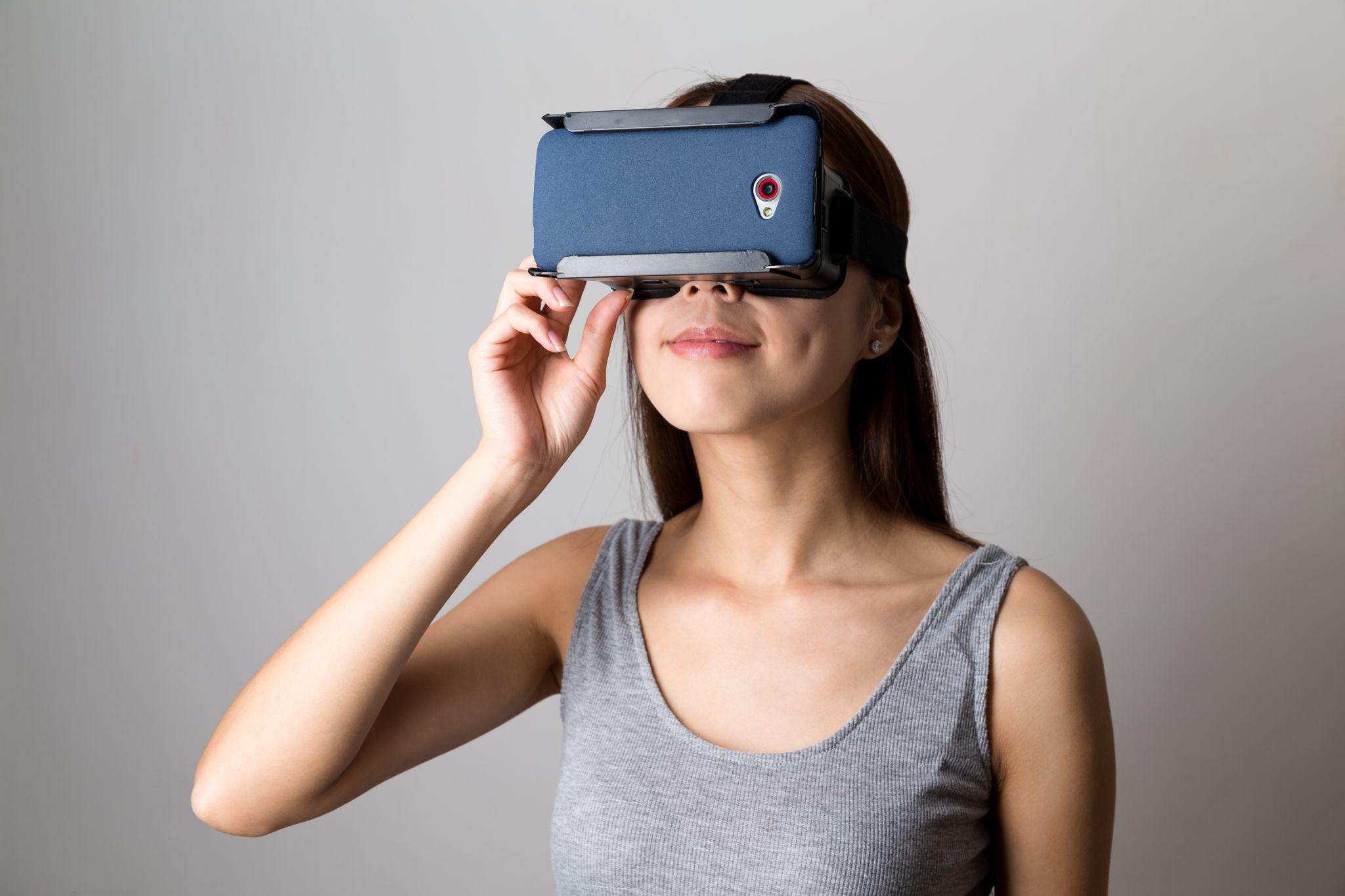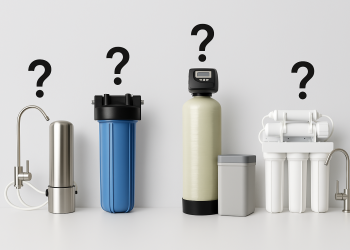Table of Contents
You’ve probably heard a lot about virtual reality (VR) in the past few years. It’s been touted as the next big thing in gaming, entertainment, and even business. But what is VR? How does it work? And why is it so hyped up? Let’s take a look at the basics of VR and see what all the fuss is about.

What Is VR?
In its simplest form, virtual reality is a computer-generated environment that you can interact with in a realistic way. VR systems use a combination of hardware and software to create an immersive experience that fools your brain into thinking you’re somewhere you’re not, such as in a world of 3D VR porn, for example.
The hardware part of VR systems includes a headset, controllers, and sometimes sensors placed around the room. The headset is the most important piece of hardware; it’s what displays the VR environment and tracks your head movements so you can look around. Some headsets also have built-in audio so you can hear things happening in your virtual world. The controllers let you interact with the environment; for example, you might use them to pick up objects or move around. Sensors placed around the room track your position and help keep you from walking into real-world walls or furniture.
How Does It Work?
Virtual reality relies on two key technologies: visual and auditory immersion. Immersive visuals are created by displaying a separate image to each eye using what’s called stereoscopic rendering. This trick tricks your brain into thinking the computer-generated environment is three-dimensional (3D). To create immersive sound, VR systems use binaural audio, which gives each ear its own individual soundscape. Combined, these two elements make it feel like you’re really inside a virtual world.
Why Is It So Popular?
Virtual reality has been around in some form since the 1950s, but it hasn’t become popular until recently for a few reasons. First, advances in computer graphics have made it possible to create realistic 3D environments. Second, improvements in sensors and display technology have made it possible to deliver an immersive experience without damaging users’ eyesight or causing nausea (a problem with early VR systems). Finally, cheaper and more powerful computing devices have made VR more accessible to consumers and businesses alike.
Types of VR Headsets
There are many different types and brands of VR headsets on the market. The most popular ones are Meta’s Quest 2, Sony’s PlayStation VR (and the upcoming version 2), HTC’s Vive, The Rift and the Pico. Prices for headsets range from a few hundred dollars to over a thousand. In most cases, you’ll also need a powerful computer or gaming console to get the best out of VR.
Applications of VR
As mentioned before, VR isn’t just for gaming. It has many other potential applications across different industries. For instance, it can be used for educational purposes—to take students on virtual field trips or teach them about difficult concepts in a more immersive way. It can also be used for training simulations in high-risk professions like healthcare, so that people can practice what they would do in real life without actually putting themselves in danger. Additionally,VR is being used more and more often for therapeutic purposes to help people with psychological disorders such as anxiety and PTSD.
Virtual reality is taking off as a new way to game, relax, and even do business. With its realistic 3D environments and immersive soundscapes, not to mention adult spaces such as those offered by the leading VR portal, SexLikeReal, VR has the potential to revolutionize many industries. If you’re curious about trying out virtual reality for yourself, there are plenty of options on the market today for both home use and businesses… so go ahead and give it a try. You might just be surprised at how realistic it feels.







